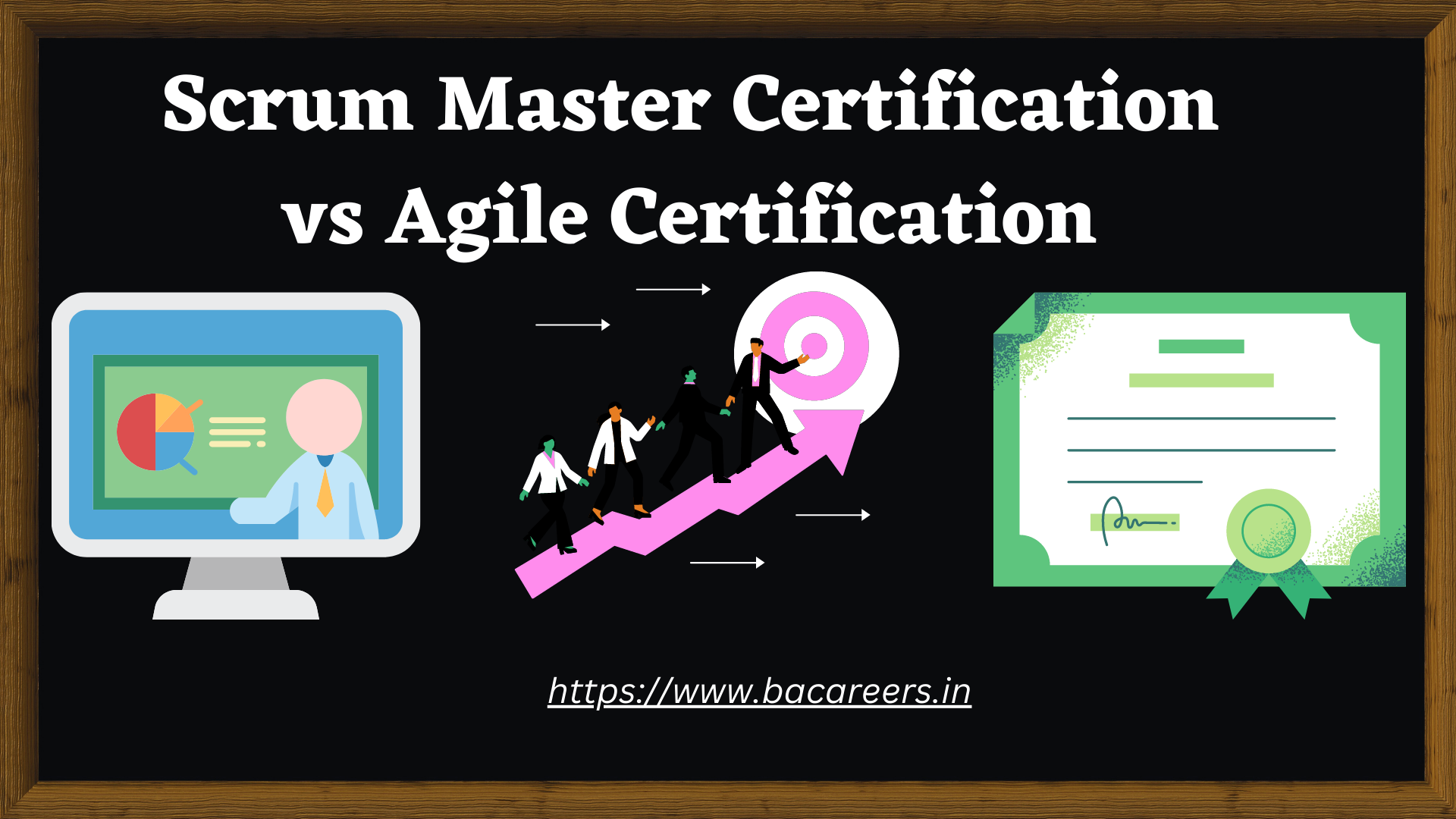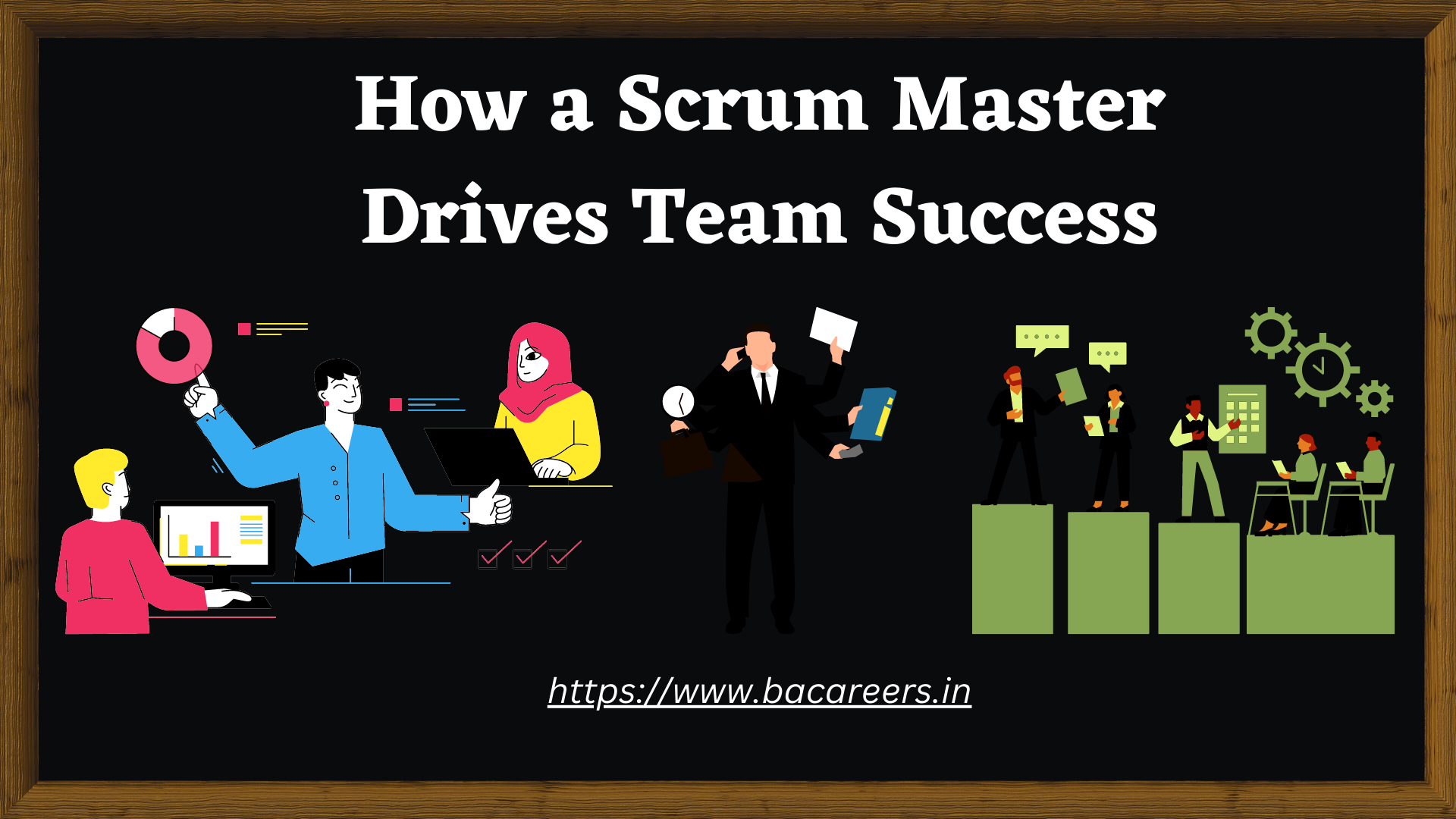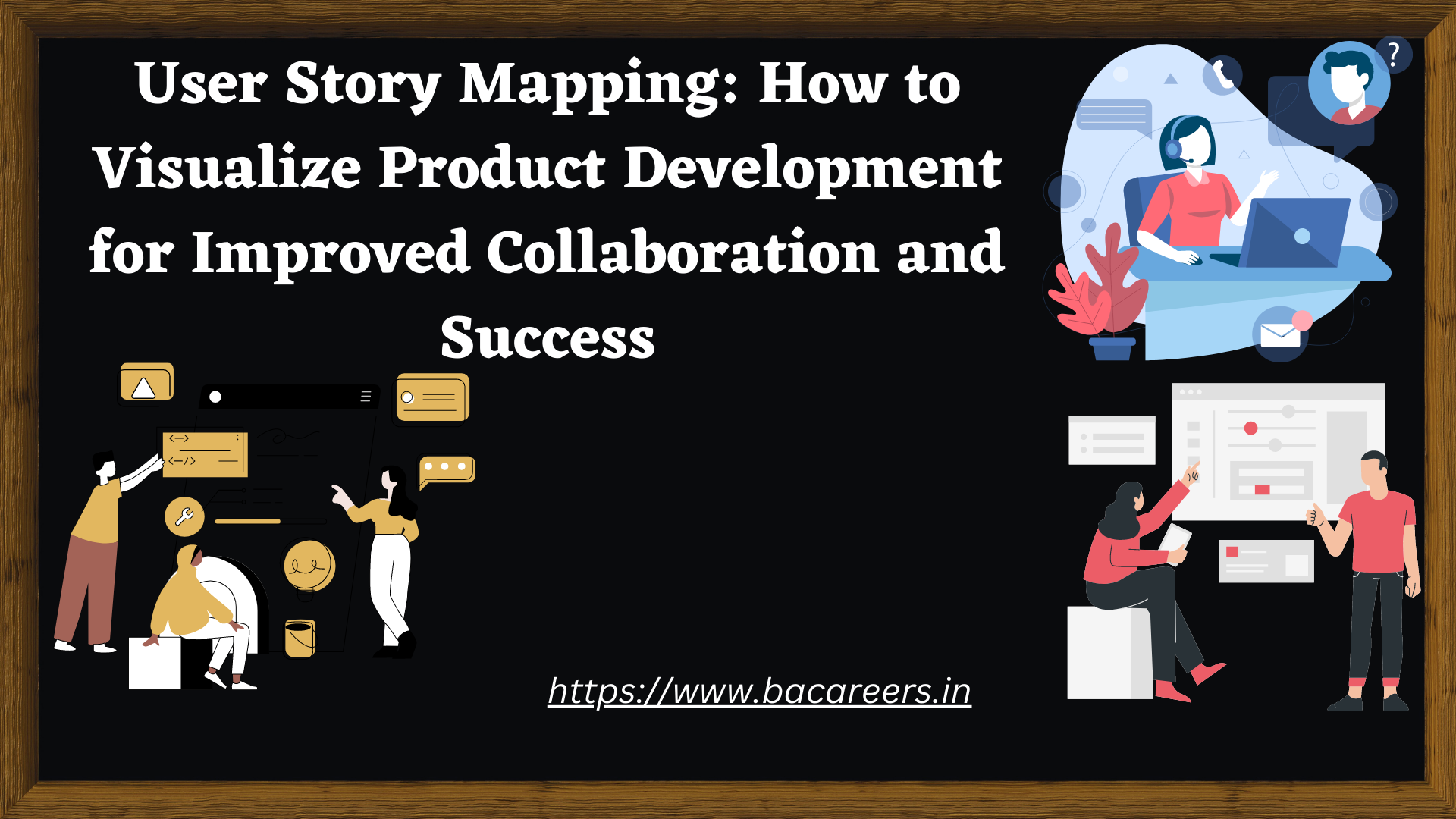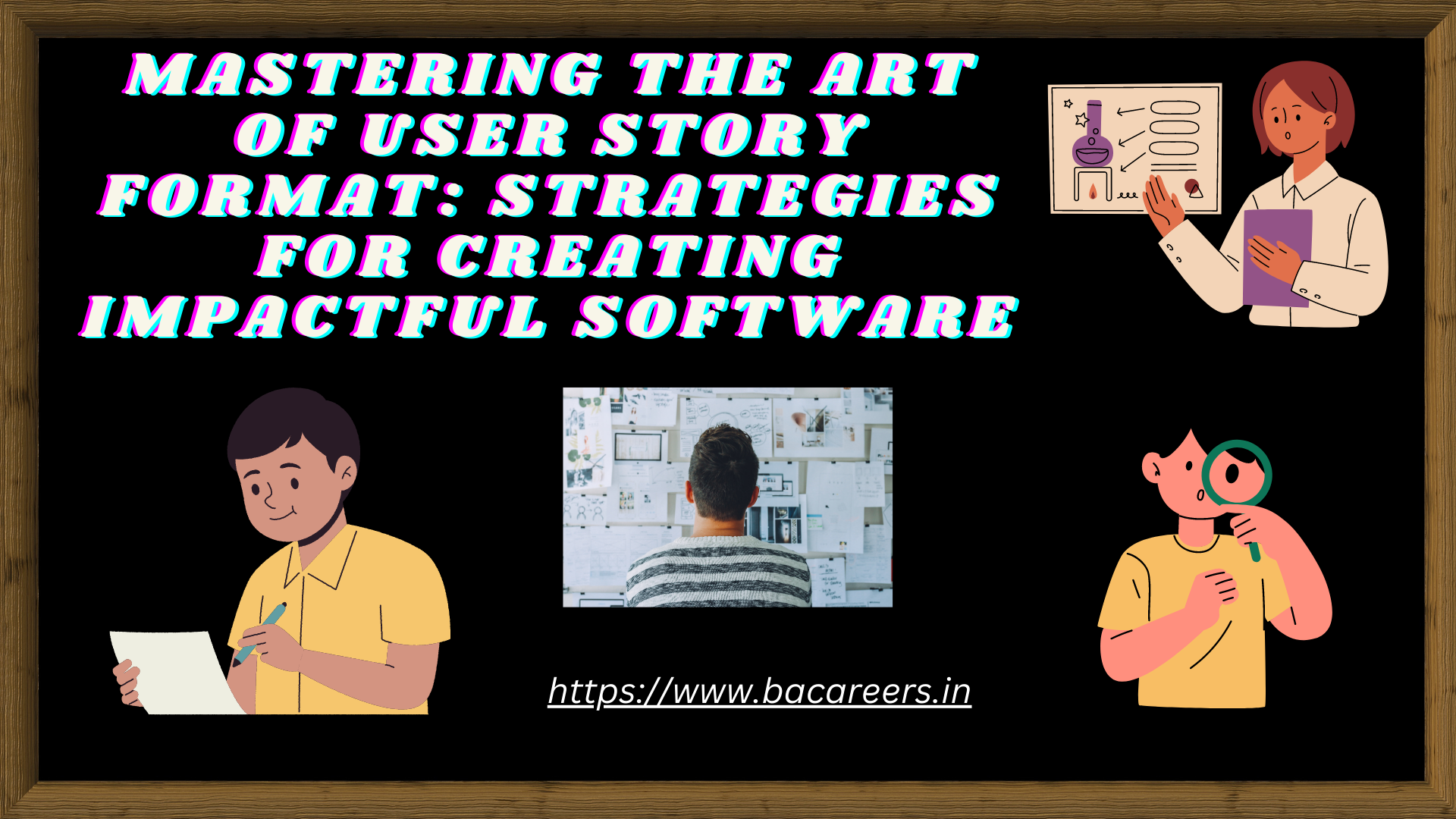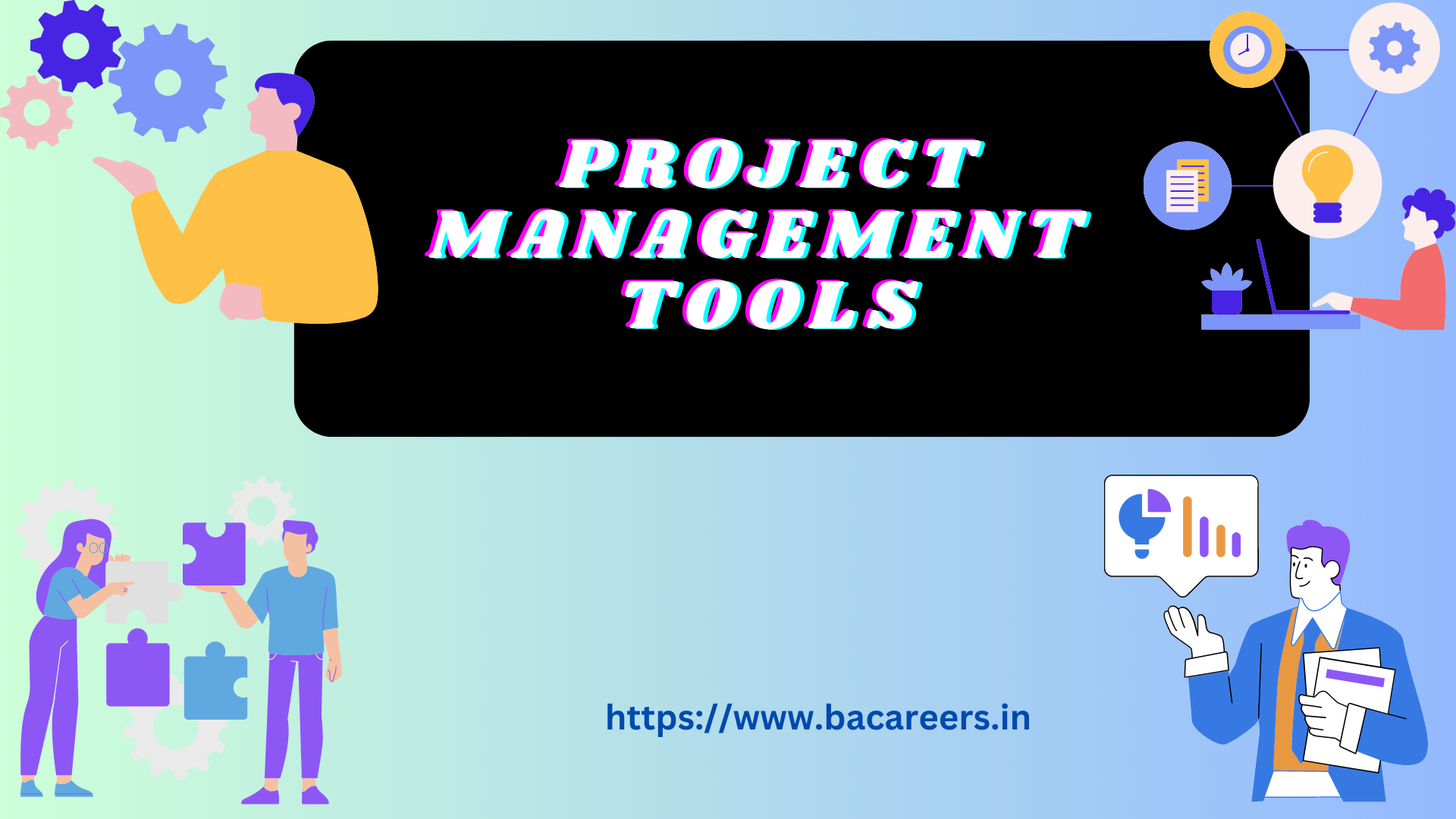From Agile to Scrum: Why the Role of a Scrum Master is Critical to Project Success
As the world continues to evolve, so do the ways of doing business. In recent years, Agile and Scrum methodologies have gained popularity in the tech industry due to their ability to improve project management and team collaboration. While Agile and Scrum are often used interchangeably, they are two distinct frameworks with unique roles and processes. In this article, we will focus on Scrum and why the role of a Scrum Master is critical to project success. The Scrum Master is responsible for facilitating the Scrum process, ensuring that the team understands and follows Scrum principles, and removing any impediments that may hinder the team’s progress. Without a skilled Scrum Master, a team may struggle to implement Scrum effectively, leading to delays, misunderstandings, and ultimately, project failure. Join us as we explore the importance of the Scrum Master role in achieving project success.
Topics covered:
What is a Scrum Master?
The role of a ScrumMaster in Agile methodology
Why the ScrumMaster is critical to project success
Scrum Master responsibilities
ScrumMaster skills and qualities
ScrumMaster certification and training
ScrumMaster vs. Project Manager
ScrumMaster best practices
Challenges faced by a ScrumMaster and how to overcome them
Conclusion
What is a Scrum Master?
A Scrum Master is a facilitator for an Agile development team that uses Scrum methodology. The Scrum Master is responsible for ensuring that the team follows Scrum practices and values, and that they adhere to the Scrum framework. The Scrum Master plays a crucial role in ensuring that the team remains focused on their goals, and that they are continuously improving their processes.
The Scrum Master is not a project manager, but rather a servant-leader who helps the team to self-organize and make decisions. They ensure that the team has the necessary resources and support to complete their work, and that they are working collaboratively towards achieving their objectives.
In summary, a Scrum Master is a coach, facilitator, and mentor for the Scrum team. They are responsible for guiding the team through the Scrum process, and for ensuring that the team is following Scrum principles and values.
The role of a Scrum Master in Agile methodology
Agile methodology is a set of values and principles for software development, based on iterative and incremental development. It emphasizes flexibility, collaboration, and customer satisfaction. Scrum is one of the most popular Agile frameworks, and it is based on the principles of transparency, inspection, and adaptation.
The Scrum Master plays a critical role in Agile methodology, as they are responsible for ensuring that the team is following the Scrum framework, and that they are working collaboratively towards achieving their objectives. The Scrum Master is also responsible for ensuring that the team is continuously improving their processes, and that they are delivering value to the customer.
In an Agile environment, the ScrumMaster is a coach and facilitator, helping the team to self-organize and make decisions. They work closely with the Product Owner and the Development Team, ensuring that everyone is aligned with the project goals and that they are working towards achieving them.
Why the Scrum Master is critical to project success
The ScrumMaster is critical to project success because they are responsible for ensuring that the team is following the Scrum framework and that they are working collaboratively towards achieving their objectives. They are the glue that holds the team together, and they ensure that the team remains focused on their goals and that they are continuously improving their processes.
Without a skilled ScrumMaster, a team may struggle to implement Scrum effectively, leading to delays, misunderstandings, and ultimately, project failure. The Scrum Master is responsible for removing any impediments that may hinder the team’s progress, and for ensuring that the team has the necessary resources and support to complete their work.
In summary, the ScrumMaster is critical to project success because they are responsible for ensuring that the team is following Scrum principles and values, and that they are continuously improving their processes. They are the glue that holds the team together, and they ensure that the team is working collaboratively towards achieving their objectives.
Scrum Master responsibilities
The Scrum Master has several responsibilities, including:
- Facilitating the Scrum process: The ScrumMaster is responsible for guiding the team through the Scrum process. They ensure that the team is following Scrum principles and values, and that they are working collaboratively towards achieving their objectives.
- Removing impediments: The ScrumMaster is responsible for removing any impediments that may hinder the team’s progress. They work closely with the team to identify and resolve any issues that may be preventing the team from achieving their goals.
- Coaching the team: The ScrumMaster is responsible for coaching the team on Scrum principles and values. They help the team to understand the Scrum framework, and they work with the team to continuously improve their processes.
- Facilitating meetings: The ScrumMaster is responsible for facilitating Scrum meetings, including Sprint Planning, Daily Scrums, Sprint Reviews, and Sprint Retrospectives. They ensure that the meetings are productive and that the team is focused on achieving their objectives.
- Supporting the Product Owner: The ScrumMaster works closely with the Product Owner, ensuring that they have the necessary support and resources to define and prioritize the Product Backlog.
Scrum Master skills and qualities
The Scrum Master should possess several skills and qualities, including:
- Leadership: The ScrumMaster should be a strong leader, with the ability to guide and motivate the team towards achieving their goals.
- Communication: The ScrumMaster should be an excellent communicator, with the ability to communicate effectively with the team, the Product Owner, and other stakeholders.
- Problem-solving: The ScrumMaster should be a skilled problem-solver, with the ability to identify and resolve issues that may be hindering the team’s progress.
- Facilitation: The ScrumMaster should be a skilled facilitator, with the ability to facilitate productive meetings and discussions.
- Coaching: The ScrumMaster should be a skilled coach, with the ability to coach the team on Scrum principles and values.
In summary, the Scrum Master should possess several key skills and qualities, including leadership, communication, problem-solving, facilitation, and coaching.
Scrum Master certification and training
The Scrum Master should be certified in Scrum, with a strong understanding of the Scrum framework and principles. There are several Scrum Master certification programs available, including the Certified Scrum Master (CSM) and the Professional Scrum Master (PSM) certifications.
In addition to certification, the ScrumMaster should also receive training on Agile and Scrum methodologies, as well as on leadership, communication, problem-solving, facilitation, and coaching.
Scrum Master vs. Project Manager
The ScrumMaster is not a project manager, but rather a servant-leader who helps the team to self-organize and make decisions. The ScrumMaster is responsible for ensuring that the team follows Scrum practices and values, and that they adhere to the Scrum framework.
The Project Manager, on the other hand, is responsible for managing the project’s scope, schedule, and budget. They are accountable for the project’s success, and they work closely with the team to ensure that the project is completed on time and within budget.
In summary, the ScrumMaster and the Project Manager have different roles and responsibilities. While the ScrumMaster is responsible for facilitating the Scrum process and ensuring that the team follows Scrum practices and values, the Project Manager is responsible for managing the project’s scope, schedule, and budget.
Scrum Master best practices
To be an effective ScrumMaster, there are several best practices that should be followed, including:
- Focus on continuous improvement: The ScrumMaster should be focused on continuously improving the team’s processes and practices.
- Be a servant-leader: The ScrumMaster should be a servant-leader, helping the team to self-organize and make decisions.
- Foster collaboration: The ScrumMaster should foster collaboration and teamwork, ensuring that everyone is aligned with the project goals and that they are working together towards achieving them.
- Encourage transparency: The ScrumMaster should encourage transparency, ensuring that everyone has visibility into the project’s progress and that there are no surprises.
- Emphasize communication: The ScrumMaster should emphasize communication, ensuring that everyone is informed and that there are no misunderstandings.
In summary, to be an effective ScrumMaster, it is important to focus on continuous improvement, be a servant-leader, foster collaboration, encourage transparency, and emphasize communication.
Challenges faced by a ScrumMaster and how to overcome them
The Scrum Master may face several challenges, including:
- Resistance to change: The team may be resistant to change, particularly if they are used to working in a traditional Waterfall environment.
- Lack of support: The ScrumMaster may not have the necessary support from management or other stakeholders.
- Lack of understanding: The team may not fully understand the Scrum framework and principles.
- Lack of engagement: The team may not be fully engaged in the process, leading to a lack of progress.
To overcome these challenges, the Scrum Master should:
- Communicate the benefits of Scrum: The ScrumMaster should communicate the benefits of Scrum to the team, and help them to understand why it is important.
- Build a coalition of support: The ScrumMaster should build a coalition of support, including management and other stakeholders, to help ensure that the team has the necessary resources and support.
- Educate the team: The ScrumMaster should educate the team on the Scrum framework and principles, and help them to understand how it can benefit the project.
- Encourage engagement: The ScrumMaster should encourage engagement by fostering a collaborative and supportive environment, and by ensuring that everyone is aligned with the project goals.
Conclusion
In conclusion, the ScrumMaster plays a critical role in achieving project success. They are responsible for facilitating the Scrum process, ensuring that the team follows Scrum practices and values, and removing any impediments that may hinder the team’s progress. The ScrumMaster is a servant-leader who helps the team to self-organize and make decisions, and they are responsible for ensuring that the team has the necessary resources and support to complete their work. By following best practices and overcoming challenges, the ScrumMaster can help to ensure that the team is working collaboratively towards achieving their objectives, and that the project is completed successfully.
Related Articles :
Scrum Master Interview Questions and Answers
Scrum Master Certification vs Agile Certification
How a Scrum Master Drives Team Success ?
What Is a ScrumMaster (and How Do I Become One)?

Business Analyst , Functional Consultant, Provide Training on Business Analysis and SDLC Methodologies.


